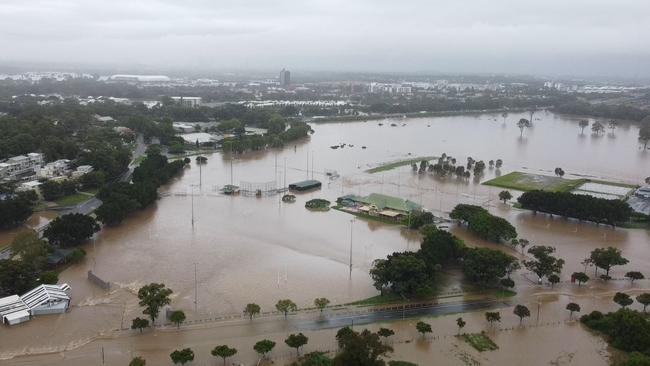Flood disaster: Insurance Council CEO Andrew Hall on rising premiums, cancelled policies and future of flood plain development
It doesn’t matter what suburb you are in or whether you’ve been affected by flooding – major insurers are cancelling the Coast.
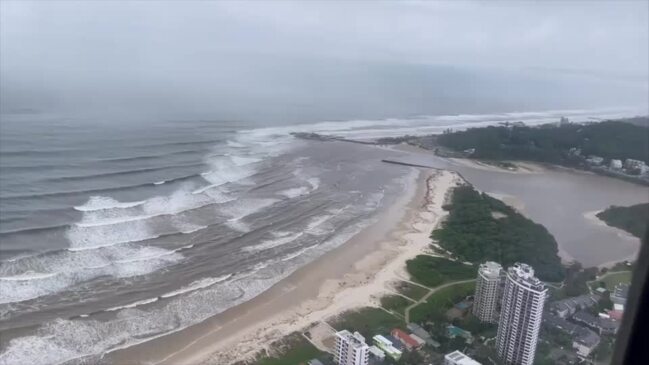
News
Don't miss out on the headlines from News. Followed categories will be added to My News.
“Your house is on the Gold Coast?”
The insurance representative from Budget Direct pauses ominously, before delivering judgment.
“I’m sorry, we don’t provide coverage for any home in that city anymore.
“The threat is just too high.”
It’s the same response from Youi.
It doesn’t matter what suburb you are in, whether you’ve been affected by flooding or whether you even want flood cover – major insurers are cancelling the Coast.
And for those who can still afford to provide coverage, residents may soon find they can no longer afford the premium.
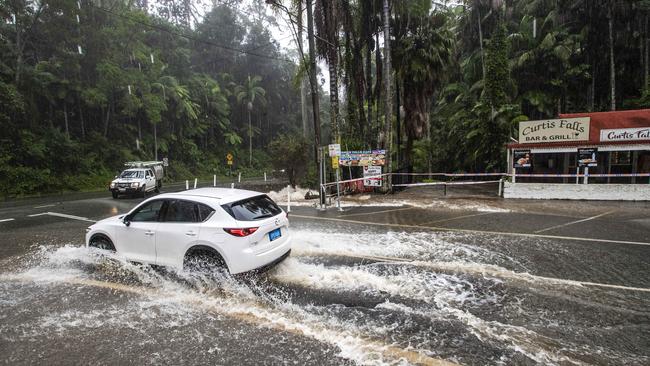
It’s not just residents impacted but businesses as well, with the Council of Small Business Organisations Australia reporting that some industries have seen their insurance premiums quadrupled.
In this world where one-in-100-year floods are hitting every decade, reality is biting down hard.
Even for Insurance Council of Australia CEO Andrew Hall, whose job it is to tour natural disaster sites and to declare catastrophes, what he is seeing with his own eyes is still unbelievable.
Now he’s begging governments to take action to protect cities like the Gold Coast, its homes and people from the next onslaught of extreme weather, saying not only will it save lives, but it’s the only way to bring back affordable insurance … or any insurance at all.
“This is a crisis on so many levels,” says Mr Hall, the morning after visiting the devastated CBD of Lismore.
“What we’re seeing right now in northern NSW, I don’t think anyone can really comprehend it. Whole towns have been wiped out.

“Now we have to ask, do we keep rebuilding in the impact zone?
“We have to look at actually relocating the centre of Lismore. That’s what the anchor retailers are saying. Two major flooding events in five years is two times too many, they want out of that location.
“The problem is that we’re making these tough decisions after the event. You don’t want to wait for the catastrophe before you make changes. And that’s the lesson for the Gold Coast.”
REDRAWING THE LINE ON RISK
Indeed, Mr Hall says it’s time for council to really re-examine what we approve and where.
And he says a good place to start is the city’s notorious ‘cow corner’, a 25ha proposed development site perched on a flood plain beside the giant roundabout at Nerang-Broadbeach Road and Robina Parkway.
Pictured submerged under flood waters last week, the site’s 2013 development application came complete with a council mandate that there be two lifeboats, warning lights and three days worth of food rations for residents in order for any future project to go ahead.
Two years ago, site owner JLF Corporation put the project on the market after securing further approval for a $2 billion mini-city featuring an 11-tower village and 1550 units and houses. Conditions for lifeboats, lighting and food rations remain.
“You have to ask why would you ever want to live in a place where you require a lifeboat? It’s not the Titanic,” he says.
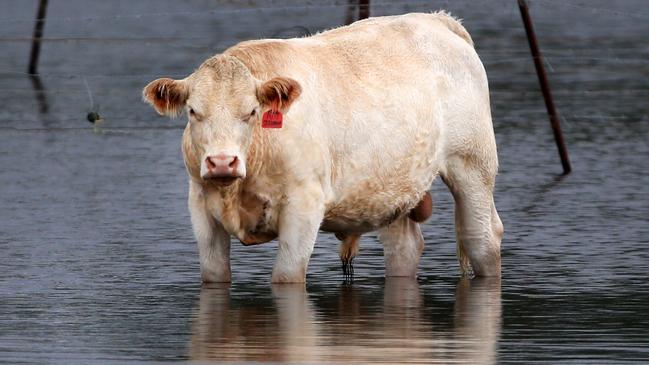
“You can put in all sorts of schemes to give people coverage in terms of insurance, but the harm that’s done in the weather event when you lose all your belongings, your business, or your access to the community … that’s the intangible impact.
“You have to look at these areas and ask if the land is being used for the right reasons?
“It’s not just greenfield sites but developed land as well, council buyback has to be on the table.
“I think local government should be having upfront discussions with state and federal governments in making some of these brave calls.
“You’d be mad not to sit down and think about where do we redraw the lines on risk and what does it really mean? We owe it to future generations.”
DISASTER-PROOFING COAST HOMES
But Mr Hall says responsibility extends far beyond local government, with Gold Coast homes urgently needing state and federal funding to subsidise cyclone and floodproofing as well as an early warning system for flooding.
He says for every dollar invested in building stronger homes and projects that protect the community, like levees, floodways, and prescribed burning, the return is almost ten-fold in terms of money saved.

But right now, 97 per cent of funds spent on natural disasters in Australia go into the clean-up, while only 3 per cent is spent on prevention.
“We shouldn’t wait to spend money cleaning up the Gold Coast when disaster hits – and it will. The Gold Coast is on the frontline when it comes to the threat of flood and cyclone. All those strata-titled apartment blocks along the beach that are 30-40 years old, that’s where it will hit,” he says.
“There is tangible action governments can take, we have to do more to reduce the risk and invest more money upfront in mitigation and resilience.
“We’ve seen this happen already in Queensland, where flood mitigation was built around the township of Roma, premiums reduced by 30 per cent.
“We are calling for a five-year $2b investment program, starting now, with $200 million annual investment by the Federal Government and matching contributions from states and territories.
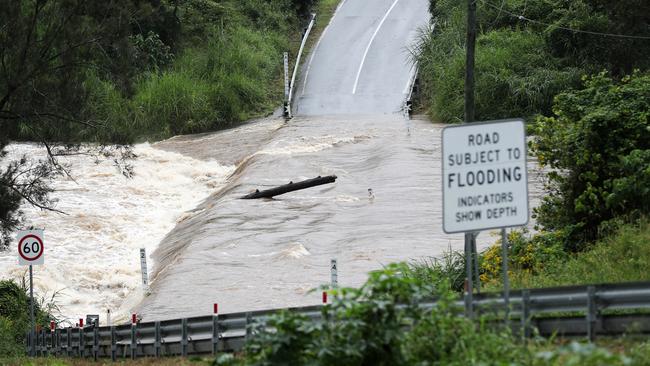
“As well as saving lives and reducing physical and mental injuries, this program would reduce financial, health and social costs to the Australian Government and Australian households by at least $19 billion by 2050 – a return on investment exceeding 9.6. In Queensland, a $730 million investment would mean a $6300 million return.
“The Victorian and New South Wales governments have recently increased resilience funding, however Queensland – which faces the most significant threat from cyclone and cyclone-related flood – needs to significantly lift its investment.”
INSURANCE AT A PREMIUM
According to a 2021 report by Infrastructure Australia, the Gold Coast is the most at-risk location for escalating insurance costs linked to fires, soil erosion, beach erosion and inundation from rivers and oceans.
Mr Hall says funding permanent preventive measures is the only weapon to fight rising insurance costs.
However, he says the global insurance industry was already in a ‘hardened’ market with premiums set to increase even before this disaster.
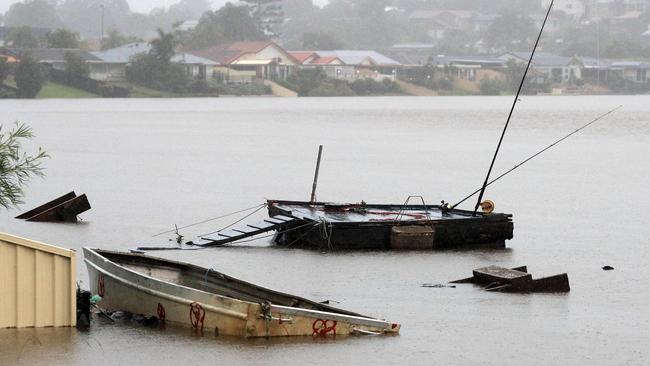
“It’s too simplistic to say this one event will send up premiums,” he says.
“The general insurance sector is enduring its most challenging circumstances for two decades. Insurance globally is currently in what is described as a hardening market, meaning reinsurance is more difficult to obtain, risk appetites are very low, and that in turn is impacting the cost of premiums locally.
“So this is a double whammy.
“The cost of replacing and rebuilding what was insured is also exorbitant. You can’t buy a new car already, and now 15 per cent of claims from this event alone are for cars … it’s all back to supply and demand.
“We’ve lost an enormous amount of farm machinery too … it equates to a third of what is sold in the country in a year. Where are we going to find all of these tractors? That then will impact our food resources.
“Underscoring all of this, you go back to mitigation. If you reduce the risk you can keep the market sustainable.

“There are so many things we can do … but we have to actually do them.”
Here at home on the Gold Coast, this latest disaster has left us damaged but not destroyed.
But as our insurance options shrinking ever smaller, this truly is a state of emergency.
Is the clean-up after the floods worse than the damage?
March 7: Where do we go from here?
It’s been a hell of a week: floods, pandemic and the threat of nuclear war. What a time to be alive.
While it’s been wonderful to see Gold Coasters support friends and neighbours affected during this week’s wild weather, the fact is that we’re going to need a hell of a lot more in terms of co-ordination for the future.
Given that Brisbane’s ‘one-in-a-thousand-year’ flood of 2011 pretty much just repeated itself 10 years later, extreme weather seems to be part of our new normal … and community spirit can only go so far.
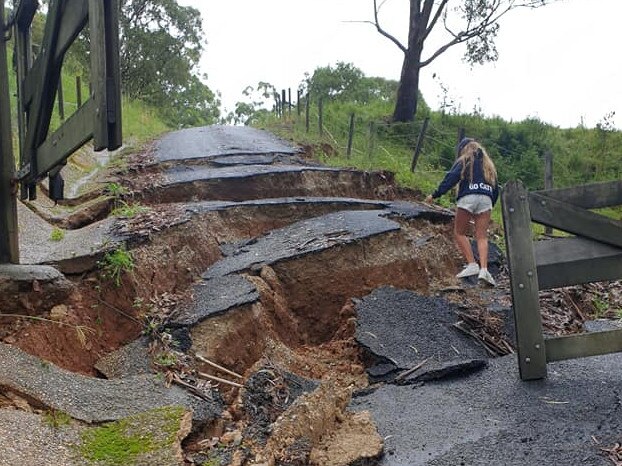
Sure, it’s fantastic to see that a new disaster hub will be constructed in Ashmore, with the $9.81m building designed to withstand a category-5 cyclone and provide seven-day “stand-alone resilience” including backup power, technology, food and water.
And yes it’s great to see that our flood-affected residents are now eligible for emergency disaster relief payments.
But we have to mind the gaps.
Just ask Dave Anderson.
NEW $9.81M DISASTER HUB TO BE CONSTRUCTED IN ASHMORE
The resident of Neranwood, the little suburb between Bonogin and the Hinze Dam, has watched his property, his electricity and his water supply literally slip away this week.
While his house is still standing, his access to the outside world now bears a closer resemblance to the Grand Canyon than a driveway. The power pole outside his property boundary slid two metres down the road, with emergency workers forced to cut off electricity access.
Dave says it means his family of five, as well as his neighbours, could be without electricity and clean water for months.
And he can’t find anyone who can help him.
“I understand why they had to disconnect us, it’s a matter of public safety. Those lines could have fallen at any time. And I understand they can’t connect us until it’s safe to do so, they need to know the land won’t slip again.

“But I don’t know what to do next, that’s not their call. I’ve tried to call the council, I’ve tried to contact my councillor, but no one has answered.
“I know we’re not the only ones who are doing it tough right now, but there is no clear path of what we are meant to do next. Do I need an engineer out here? Who pays for that?
“Does anyone even know what’s happening? Because no one has called me and no one has answered my calls.”
Dave says while his insurance will cover 14 days of alternative accommodation, it’s not much help when facing a months-long mission.
He says right now his family are living in a caravan next to the house, powered by a small generator.
HOW TO CLAIM DISASTER PAYMENTS IF YOU’VE BEEN AFFECTED
But he says their septic system is in danger of becoming a public health risk.
“The water system requires aerating, and that doesn’t work without electricity. So it’s just going to go putrid,” he says.
“We’re managing to survive in the caravan, but it’s not easy with five of us.
“Our neighbour is paying $1000 per week for a generator but I don’t know if we can do that. I really thought this would be a situation where the city or state would provide a generator for this street to survive.
“For all I know, maybe they do. But who do I ask? Who do I call?

“Flooding is absolutely awful, but at least you know the process of clean-up. We don’t even know where to start.
“Our house is okay right now, other than the lack of water and power, but for all we know the land underneath still isn’t stable.”
Dave says it’s not only his family and neighbours whose safety is at stake.
He says his driveway is the only access that the Rural Fire Brigade have for water.
“If they can’t access that, everyone is in danger here,” he says.
“This is not about a blame game. This is simply a plea for help.”
So, in the great tradition of our Gold Coast community, this is a call on Dave’s behalf.
Someone, please answer.
More Coverage
Originally published as Flood disaster: Insurance Council CEO Andrew Hall on rising premiums, cancelled policies and future of flood plain development


